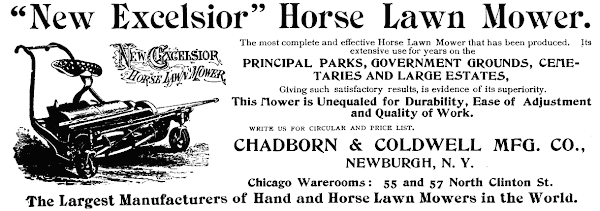To most Americans and Canadians today,
cricket is a mystery, but Abraham Lincoln attended a cricket match between
Chicago and Milwaukee in 1859, and a professional All England cricket team
toured Canada and the USA during the year, playing five matches, the first
overseas tour in any sport. Taking a cricket team to the US back then was not
as bizarre as it sounds from today’s perspective.
In 1859, cricket was very
popular in the mid-Atlantic states, in Boston and the New England factory
towns, but it could also be seen in Baltimore, Savannah, New Orleans,
Cleveland, Cincinnati, and even San Francisco, a total of perhaps 300 or 400
clubs.
Cricket even inspired American inventions.
In March, M. Doherty
of Boston patented a cricket bat that would not jar or bruise, but which would
send the ball further. The blade had a wooden shell filled with cork or similar
material, while the handle was hollow and contained a strip of whalebone, but in 1859, the baseball craze started to bite, and soon cricket
would be eclipsed.
The writing was on the wall for cricket in September, when the ball game for
the Massachusetts state championship caused enough interest for several
railroads to issue excursion tickets to Boston’s Agricultural Fair Grounds.
Many new sports arose around 1859, perhaps
because the lawnmower was now mature technology. The original mower was
developed in 1830 from a machine used to remove the nap from cloth, and it
allowed smooth, true grass surfaces, something almost impossible to create with
a scythe or with grazing animals, but organic mowers still had a presence. The Illustrated London News reported in the
middle of 1859 that a lightning bolt had struck a sheep in London’s Hyde Park,
summarily terminating its earlier sterling grass control services.
After about
1860, horse-drawn and then motorised mechanical mowers did most of the work.
Croquet even featured in Alice in Wonderland.
The club changed its name to the
All England Lawn Tennis and Croquet Club in 1899, and has held that name to the
present day, even if the world just thinks of it as ‘Wimbledon’. Croquet had
become a British craze in the 1850s, and the first recorded croquet game in the
USA was at Nahant,
Massachusetts in 1859.
Football
was also emerging. In May, the rules for “Australian Rules” football were
developed, though the Football Association, the founding body for the world
game (or ‘soccer’, if you must) only wrote out its rules in 1863, with Rugby
codes developing about 1870.
1859 was the year in which Allan Robertson, the world’s
first golf professional died, still hating the new-fangled ‘gutties’, the golf
balls with gutta percha in their hearts. They made the game too easy, he
thought.
Not all sports owe their birth to lawn
mowers. Polo was started in India in 1859 by the Maharajah of Manipur, Sir Chandrakirti
Singh (who called it by a name which literally meant “horse hockey”).
It was the year lacrosse was named as Canada’s national sport and the first ice hockey game appears to have been played in Halifax in
1859 (ice hockey became Canada’s national winter game in 1994).
The first modern Olympic Games were staged in Athens, not in
1896 but in 1859! A Hellenic grain merchant named Evangelos
Zappas convinced the Bavarian-born King Otto I of Greece to patronize an
Olympic festival at Athens.
Otto was driven out of Greece in 1862, which caused
the second Olympiad to be somewhat delayed, and these days, we take the second
attempt of 1896 as the first of the modern series.
A
Meyerbeer opera, Le Prophète, opened
in 1849. It featured apparent ice-skaters (roller skaters), but that and an
1849 ‘spin-off’ ballet, Plaisirs de
l’Hiver ou Les Patineurs helped to make roller skates popular, while Les
Patineurs remains in the orchestral repertoire today.
In 1859, the Woodward
skate with vulcanised rubber wheels, was unveiled in London, but people did
more than demonstrate their own strength and agility. They went to see the
experts in action.


No comments:
Post a Comment